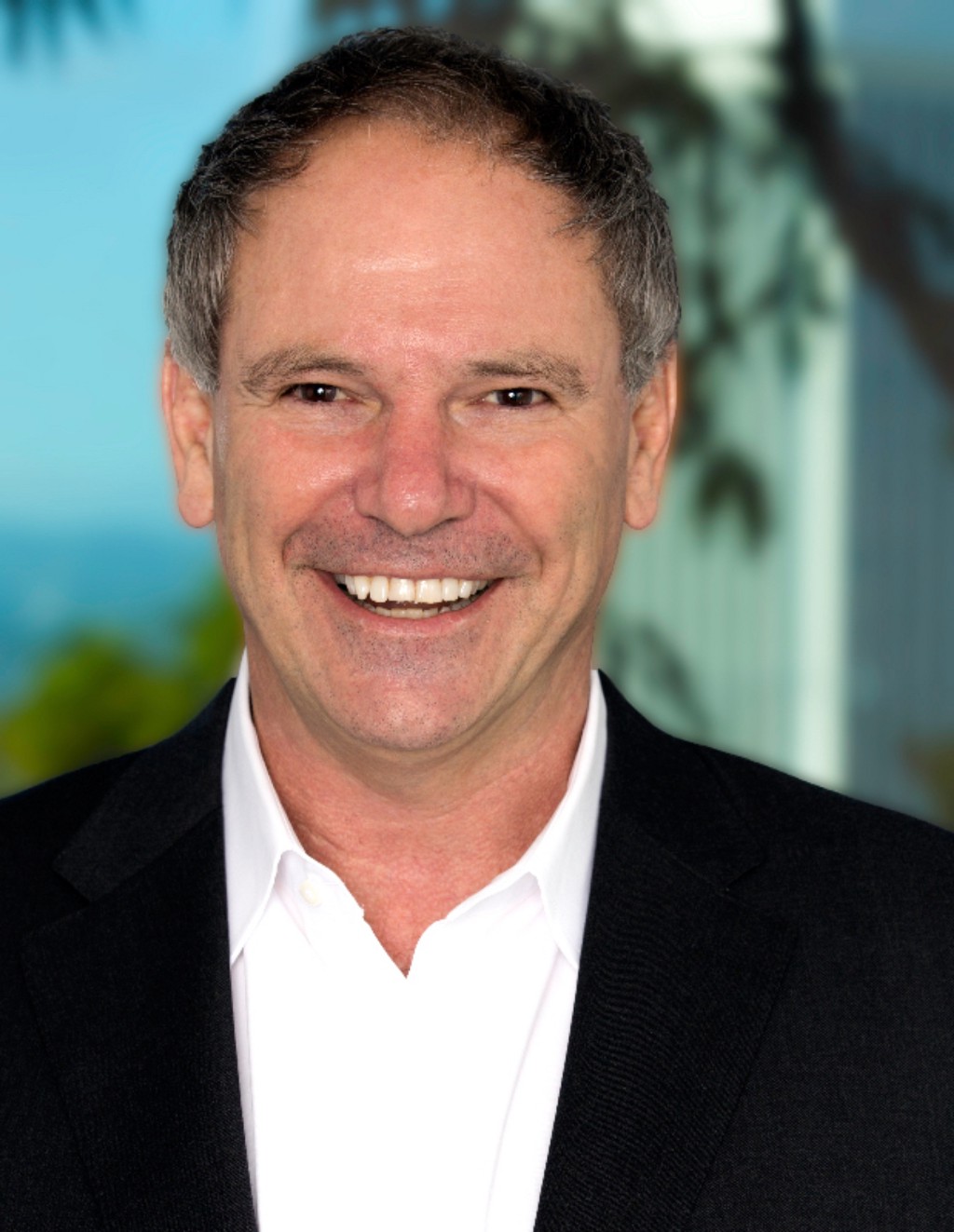Adding up various experiences over the years, I have approximately 4–5 years of experience managing remote teams and overseeing remote delivery. My first time overseeing a remote delivery project was in my mid 20s; my team was a mix of onshore and offshore, and the client had an offshore team as well. I was onsite with clients a few days a week and oversaw ongoing delivery. The timezones and ability to maintain a work life balance while working between EST and IST (India) were very challenging.
As a part of our series about the five things you need to successfully manage a remote team, I had the pleasure of interviewing Robin Clayton Executive Director at fifty-five.
Robin Clayton is a management consultant with 12+ years of experience. Over the span of her career she has handled strategy, business cases and roadmapping, solution focused project delivery as well as product management, while working with leading brands to digitally transform their businesses. The last 12+ years have enabled Robin to develop a unique combination of digital strategy and data-driven delivery experience that enables her to bridge the gap between strategy and practical application, with experience implementing change across global organizations with measurable impacts.
Robin currently leads the US consulting practice and is responsible for leading client delivery and driving growth across accounts, building partnerships with Google and BrandTech companies, leading RFPs, managing the US consulting team, and driving a data-driven delivery agenda.
Thank you so much for doing this with us! Before we dig in, our readers would love to get to know you a bit better. What is your “backstory”?
I’ve always been in client-centric roles from different perspectives of consulting. I started in traditional business consulting and moved into digital, eCommerce and omnichannel, which evolved to business strategy and digital transformation. After leading digital transformation programs, I realized the two categories global organizations tend to break down in their efforts to drive change and realize rapid results are 1) people and processes, and 2) comprehensively connecting, acting on, and measuring data. After realizing that, I decided to slightly pivot and focus on those two particular challenges, which is where I find myself now — leading the consulting team at 55, The Data Company.
Can you share a story about the funniest mistake you made when you were first starting? Can you tell us what lesson you learned from that?
I was a management science major, which loosely translates into business focused math. A coworker asked me if I knew anything about derivatives going into a client conversation she had. I proceeded to teach her mathematically how to solve for derivatives, as if it were a math class homework assignment. I was feeling very good about myself for teaching her that in such a short amount of time. When I asked her how the conversation went, she told me that derivatives were in fact a financial asset. Oops.
What advice would you give to other CEOs or founders to help their employees to thrive and avoid burnout?
Now is the time to check in and relate to each other on a human level. It’s ok to be less buttoned up and more informal than we are used to while working in traditional corporate America. Whether you’re talking with employees, clients, peers, mentors — we are all human and are all undergoing an unprecedented human experience. It is common ground that we can all relate to, connect on, and empathize with. In a leadership position it is up to you to take ownership and set the tone and example.
Ok, let’s jump to the core of our interview. Some companies have many years of experience with managing a remote team. Others have just started this, due to the COVID-19 pandemic. Can you tell us how many years of experience you have managing remote teams?
Adding up various experiences over the years, I have approximately 4–5 years of experience managing remote teams and overseeing remote delivery. My first time overseeing a remote delivery project was in my mid 20s; my team was a mix of onshore and offshore, and the client had an offshore team as well. I was onsite with clients a few days a week and oversaw ongoing delivery. The timezones and ability to maintain a work life balance while working between EST and IST (India) were very challenging.
The first U.S. based remote team I managed was about 5 years ago. I oversaw a distributed five-person team of business analysts who were deriving business requirements and delivering a website redesign for a large global cruise client. The offshore experience aided in my success while managing the remote team. Since then it’s been a mix of offsite, onsite and offshore delivery.
Currently I remotely manage five reports on my consulting team, as well as two indirect reports.
Managing a team remotely can be very different than managing a team that is in front of you. Can you articulate for our readers what the five main challenges are regarding managing a remote team? Can you give a story or example for each?
- Ensuring everyone is engaged with work and their projects,
- Helping reports compartmentalize the ongoing world and social events while remaining focused at work; check in early and often. Instead of a quick coffee or interpersonal conversations that occur more naturally in the workplace, you need to make time and prioritize those conversations remotely.
- Having a line of sight into employees’ emotional well being and potential burn out.
- Fostering a sense of culture and connectedness even while everyone is dispersed
- Ask the team to come up with remote activity ideas they want to try out and have them drive and plan the team activity themselves. Let them own the agenda and encourage them to get creative and try new things. Some will stick, some will not.
- Furthermore, we’ve incorporated emotional cultural values into our weekly team meetings, with a vote each month for a new value that our team feels it needs to be successful. We then give kudos and acknowledgement to teammates that have displayed this value over the week, during the team meeting.
- Helping less experienced employees (especially more junior, college hires) be productive in a remote environment
- In addition to tactics for helping everyone stay engaged, establish a foundational structure for ways of working; ensure channels of communication are defined and open with clear expectations and handoffs. Proactively schedule in time for feedback and reviews to ensure everyone is set up for success. Additionally, identify important conversations or connections that need to be made and ensure a forum is put in place to foster those conversations.
- Accommodating time zones and flexibility of schedules
- Currently, with team members working in Paris, New York, New Jersey, Connecticut and California, our team members are working across various time zones. We have to balance delivery with where our clients are located, and therefore, we are proactively scheduling time where needed to alleviate burn out. We are also working to ensure coverage for the timezones in which our clients work out of. We have also implemented a loose structure for team meetings and checkpoints, not requiring all team members to attend every meeting.
- Onboarding a new employee — This is one of the most challenging aspects of remote work. Managing a remote team when everyone already knows each other and has built a rapport and camaraderie is one thing; onboarding a new employee is another. Helping her get started and hit the ground running has been a challenge. Helping her feel connected with the broader team having never met most of them in person has been even more difficult. She is navigating new ‘eveythings’; new people, new team dynamics, learning how to navigate a new company, and adjusting to new clients and project work; it’s a lot of new variables to juggle all at once.
Based on your experience, what can one do to address or redress each of those challenges?
In my experience, one of the trickiest parts of managing a remote team is giving honest feedback, in a way that doesn’t come across as too harsh. If someone is in front of you much of the nuance can be picked up in facial expressions and body language. But not when someone is remote.
Can you give a few suggestions about how to best give constructive criticism to a remote employee?
I emphatically agree with you on this point. In life you generally tailor your message to your audience, and the same is true for feedback. There is such a range in how people take feedback. Some people are very good with direct, honest feedback and some find it harsh and may default to becoming somewhat defensive or aggressive in their responses. Being remote adds one more layer. I like to provide near real-time feedback whenever possible, whether positive or critical.
It is important to keep constructive feedback in a 1:1 situation remotely factual and objective. There should be an emphasis on explaining the reasoning behind why the behavior needs to change. Avoiding pronouns can be helpful to make receiving the feedback feel less personal and more like a broader learning experience. When giving constructive feedback, it’s important to lead with setting the expectation as an area of growth or an opportunity to improve, instead of picking apart what someone has done wrong or failed at. It’s also important to be transparent and honest, ensuring that everything is documented and evidence is provided to support your feedback.
In a remote environment, it’s very important to ensure that positive feedback and positive reinforcement are prioritized. This results in employees ability to compartmentalize constructive criticism as one of many data points. We try to infuse this on a few different fronts: as a broader team, within client or project teams, and also at a 1:1 level with individuals.
We spend five minutes each Monday during our weekly team meetings, in which the entire team is present, recognizing accomplishments. We give kudos and feedback based on the theme of the month, which is a cultural value we all vote on, such as ‘unique’, ‘curious’ or even ‘appreciative’ and ‘supported’. Last month was ‘unique’.
Acknowledging and celebrating success together is important. I try to give positive feedback immediately and with visibility to the broader team. We leverage Slack for communication and have separate channels for all clients. For example, when an employee does a great job navigating a challenging conversation on a client call, immediately give positive feedback in the channel. This results in both visibility for the entire team, and allows us to celebrate each other’s wins while also reinforcing the standard. In remote times we are celebrating all wins, even small ones.
On a project by project basis, or after a big meeting or presentation, we try to carve out time to talk about “pluses and deltas” from the meeting. What went really well? What do we want to modify? What in retrospect could we have done differently to adjust something that didn’t go as planned? Making it a collaborative group exercise is super important. We even go as far as doing this with clients, to ensure they feel listened to and that their input is incorporated. For example, we conducted a two day remote training session that is usually a very interactive, hands on workshop. The sessions include live facilitation, exercises, teamwork and breakout sessions. Following the conclusion of day one, we alloted 15 minutes to conduct a “pluses and deltas” session with clients. We were then able to make adjustments and incorporate their feedback for day two.
Can you specifically address how to give constructive feedback over email? How do you prevent the email from sounding too critical or harsh?
I try to avoid sending significant constructive feedback in an email with nothing else. If I am going to share constructive feedback via email I always try to provide ways of improvement as well. However, the best method for delivering constructive feedback is a two way conversation. Two way conversations are more open, and enable each party to listen to the other’s experience and perspective. It’s amazing how two people can experience the same event in different ways.
Can you share any suggestions for teams who are used to working together on location but are forced to work remotely due to the pandemic. Are there potential obstacles one should avoid with a team that is just getting used to working remotely?
It’s a balance. Be careful to avoid overscheduling and accidentally burning each other out — not every previous in-person conversation or meeting needs to be a call.
At the same time, it is important to ensure that teams still feel connected and have face time with each other. Not every call has to be video, but in a remote world, face to face conversation is important. It’s important to prioritize time to check in and connect with each other in an attempt to foster the organic conversation and connection that occurs in person.
What do you suggest can be done to create a healthy and empowering work culture with a team that is remote and not physically together?
- Create a clear cadence of communication
- Acknowledge checkpoints and check-ins
- Evaluate your employees’ comfort levels
- Foster connections and engagement
- Celebrate all of the small wins
- Lead by example — if you’re asking employees to be on Zoom with camera on, turn yours on first!
You are a person of great influence. If you could inspire a movement that would bring the most amount of good to the most amount of people, what would that be? You never know what your idea can trigger.
Appreciation and critical thinking. You might be thinking that this is an unusual response however, appreciation of the moment and not taking anything for granted, combined with critical thinking and a creative approach to solving day to day and world challenges, would yield beautiful results and progress on so many fronts, don’t you think?
Also, including environmental concerns to the foundation of Maslow’s hierarchy of needs. When I think about what people need to survive; food, clothing, shelter, at risk of oversimplifying, if you translate that into a modern day, broader picture, we need economics to acquire the things we need. We also need the environment to sustain and provide us with the raw materials. These to me are the long poles in the tent.
Can you please give us your favorite “Life Lesson Quote”? Can you share how that was relevant to you in your life?
At holiday meals, my grandmother always says a prayer and closes with gratitude before we eat, which I find quite relevant when adjusting to the new normal. It’s always something along the lines of, “We appreciate all of the challenges, and the path itself, as we navigate those challenges”. It’s a challenging, interesting time to be alive, yet while challenging, the path forward is new, exciting. Hopefully this experience will lend itself to rewarding personal and professional growth!
Robin Clayton of fifty-five: Five Things You Need to Know to Successfully Manage a Remote Team was originally published in Authority Magazine on Medium, where people are continuing the conversation by highlighting and responding to this story.





